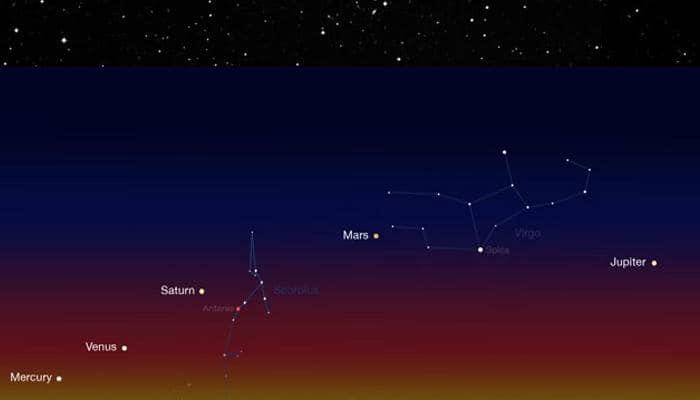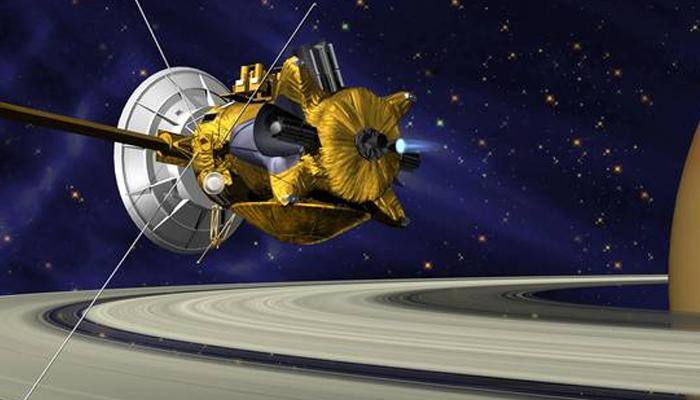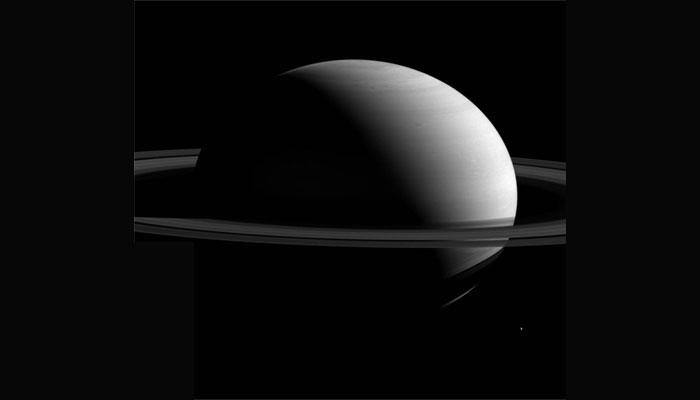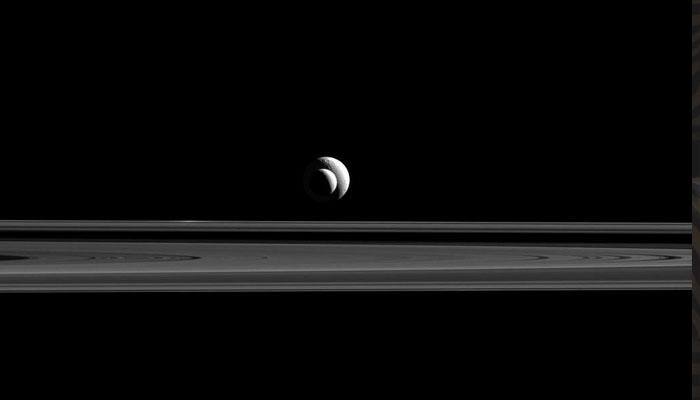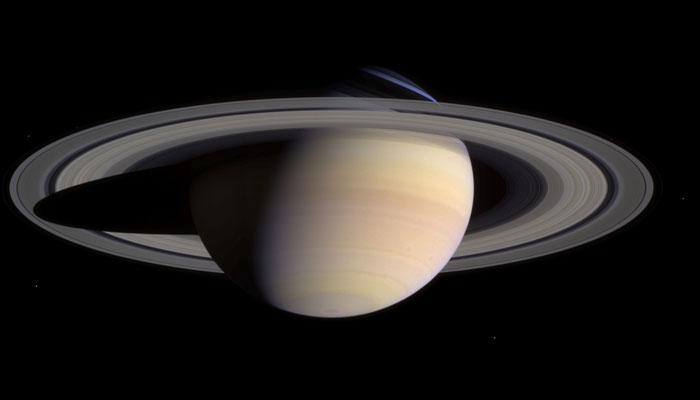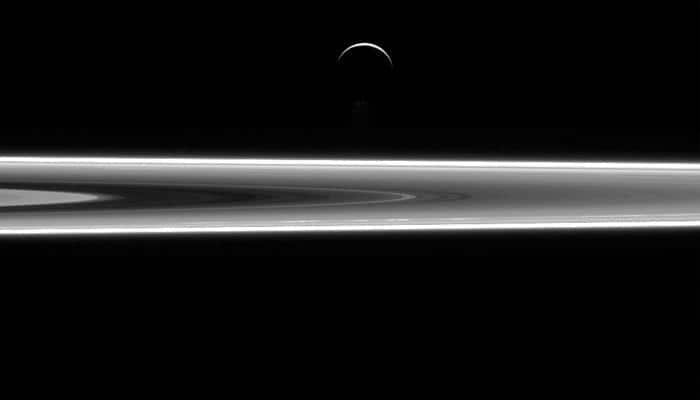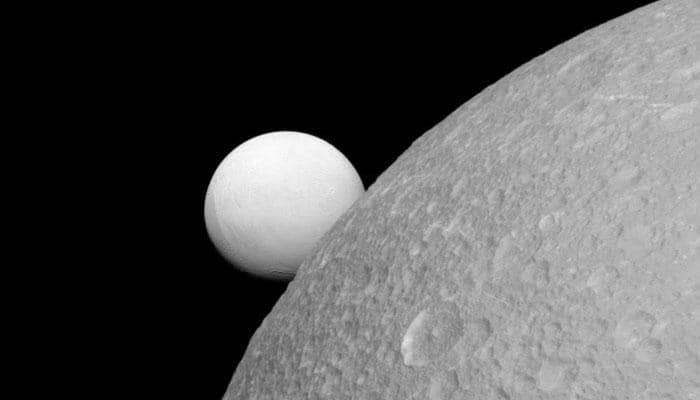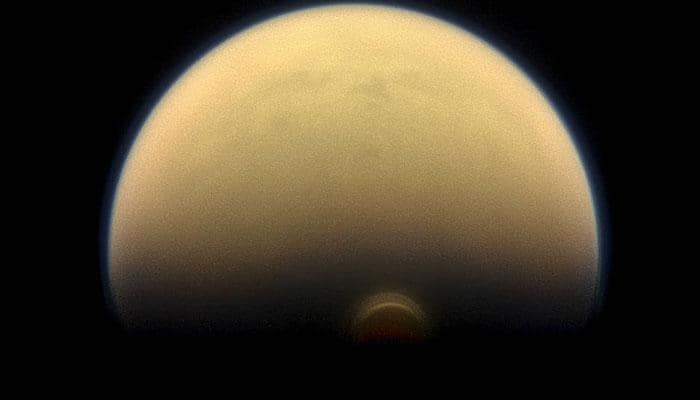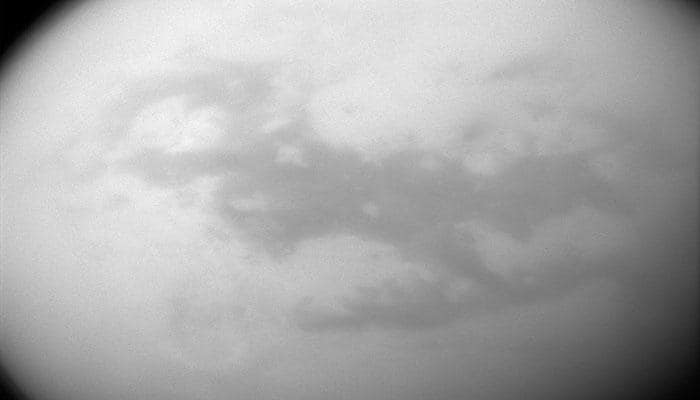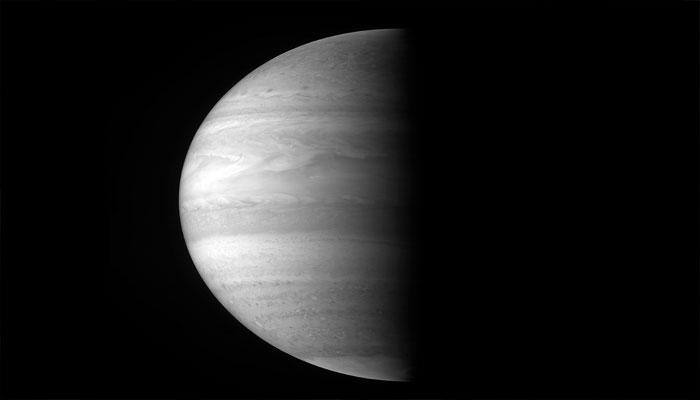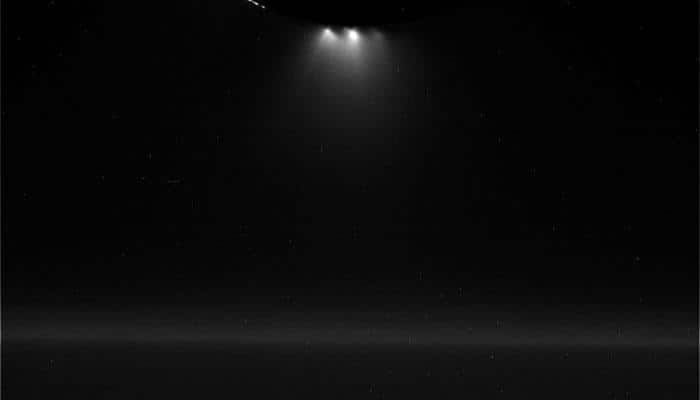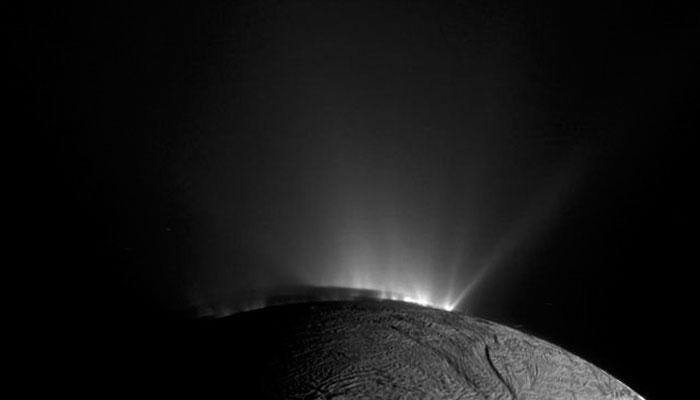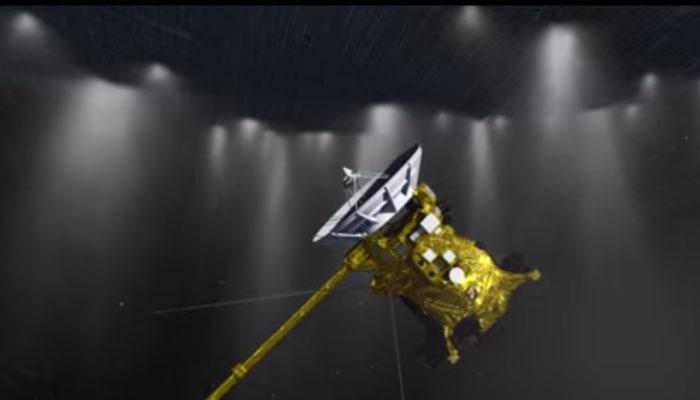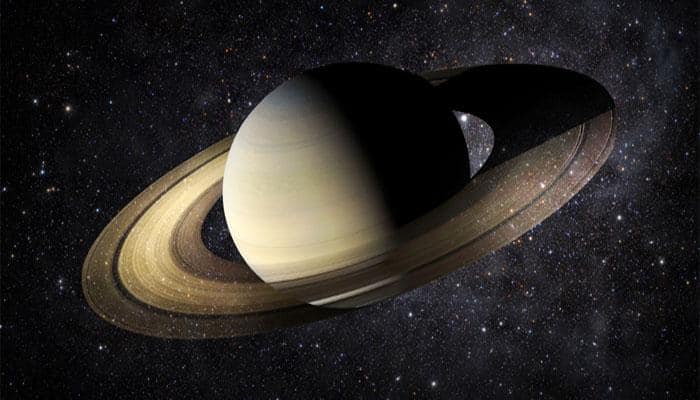Watch: Five bright planets aligning in a rare celestial spectacle!
The best time to view the rare celestial spectacle is just before dawn.
Feb 01, 2016, 11:24 AM ISTNASA's Cassini heads for dramatic Titan flyby
Cassini, which is in final phase of the mission, performed a 35-second engine burn on Saturday, January 23.
Jan 27, 2016, 22:43 PM ISTWatch: 5 planets to be visible from Earth with naked eye!
Skygazers will get a celestial treat on January 20 i.e. Wednesday during the morning hours.
Jan 20, 2016, 13:44 PM ISTSee pic: Saturn in all its glory and the dwarf moon!
This view looks toward the sunlit side of the rings from about 8 degrees above the ring plane.
Jan 12, 2016, 09:29 AM ISTWish Happy New Year to rare comet on January 1
Did you get a pair of binoculars or a telescope? If so, you can put them to the test by searching the Eastern sky for a view of a fuzzy comet on the first day of 2016.
Jan 01, 2016, 10:47 AM ISTGiant comets may pose danger to life on Earth
Known severe upsets of the terrestrial environment and interruptions in the progress of ancient civilisations, together with our growing knowledge of interplanetary matter in near-Earth space, indicate the arrival of a centaur around 30,000 years ago.
Dec 25, 2015, 17:11 PM ISTSee pic: Saturn's two moons Enceladus and Tethys pose for NASA's Cassini!
NASA's Cassini-Huygens is an unmanned spacecraft that was launched into space in 2004.
Dec 15, 2015, 13:56 PM ISTHere`s how water escapes from Saturn
A researcher has discovered how water ions escape from Saturn's environment.
Dec 04, 2015, 08:51 AM ISTSee pic: NASA's Cassini captures varying characteristics of Saturn's rings and Enceladus
The image was taken in visible light with the Cassini spacecraft narrow-angle camera on July 29, 2015.
Dec 01, 2015, 11:57 AM ISTMars too will gain a Saturn-like ring
The resulting rubble from Phobos - rocks of various sizes and a lot of dust - would continue to orbit Mars and quickly distribute themselves around the planet in a ring.
Nov 25, 2015, 13:23 PM ISTSee pic: Cassini captures brighter surface of Saturn's moon 'Enceladus'
NASA's Cassini has returned some stunning images of the Saturn's two moons, Dione and Enceladus on Wednesday. Though the surface of these two moons are made up of nearly the same material but Enceladus has a considerably higher reflectivity than Dione.
Nov 18, 2015, 10:52 AM ISTCassini spots monstrous ice cloud on Saturn's moon Titan
Cassini had already imaged an impressive cloud hovering over Titan’s south pole at an altitude of about 186 miles.
Nov 12, 2015, 09:05 AM ISTNASA releases images of Saturn's largest moon Titan with its dunelands!
Titan's image was taken with the Cassini spacecraft narrow-angle camera on July 25, 2015 using a spectral filter sensitive to wavelengths of near-infrared light centered at 938 nanometers.
Nov 03, 2015, 16:41 PM ISTWhen Jupiter bumped giant planet out of solar system
For years, scientists have suspected the ouster was either Saturn or Jupiter.
Nov 01, 2015, 13:39 PM ISTSaturn's geyser moon Enceladus gives off lustrous shine
Cassini is the first spacecraft to orbit Saturn, and it has been circling the planet since 2004.
Oct 31, 2015, 09:07 AM ISTCassini to make close flyby of Saturn's moon Enceladus today
The flyby will take place at about 1 p.m. EDT (1700 GMT) Wednesday.
Oct 28, 2015, 09:41 AM ISTCassini to take 'deepest ever drive ' through Saturn's moon plumes on Wednesday
The spacecraft has flown closer to the surface of Enceladus before, but never this low directly through the active plume.
Oct 27, 2015, 09:12 AM ISTCheck out: Spectacular images of Saturn's icy moon Enceladus from Cassini spacecraft
The spacecraft obtained its best-ever views of the northern extremes of Saturn's Enceladus during its October 14 flyby, passing 1,142 miles (1,839 kilometers) above the moon's surface.
Oct 16, 2015, 09:21 AM ISTOrigin of Saturn's ring, satellites revealed
Japanese researchers have revealed that Saturn's F ring and its shepherd satellites are natural outcome of the final stage of formation of Saturn's satellite system.
Sep 13, 2015, 12:29 PM IST




